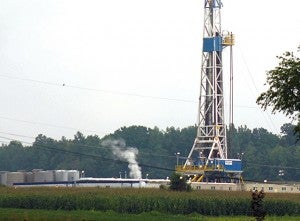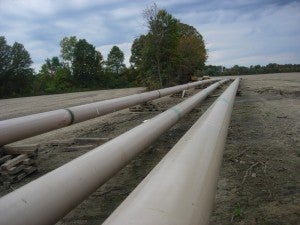 In an ideal world, our electricity system would run on 100 percent clean, renewable energy. Moving toward that goal means transitioning away from a system of centralized, fossil fuel power plants, to an intelligent, efficient, networked energy grid that smoothly integrates vastly increased amounts of renewables and energy-efficient solutions.
In an ideal world, our electricity system would run on 100 percent clean, renewable energy. Moving toward that goal means transitioning away from a system of centralized, fossil fuel power plants, to an intelligent, efficient, networked energy grid that smoothly integrates vastly increased amounts of renewables and energy-efficient solutions.
To do that, we have to balance the intermittency of renewables with our steady need for electricity. That’s where natural gas comes in: When the sun stops shining or the wind stops blowing and renewables are offline, gas-fired plants can ramp up more quickly and efficiently than coal plants.
Many policymakers, regulators and industry members believe we have to build thousands of miles of new pipelines costing $150 billion or more to feed this need. But that could be an unnecessary and expensive mistake, not just now but over a very long term. Read More











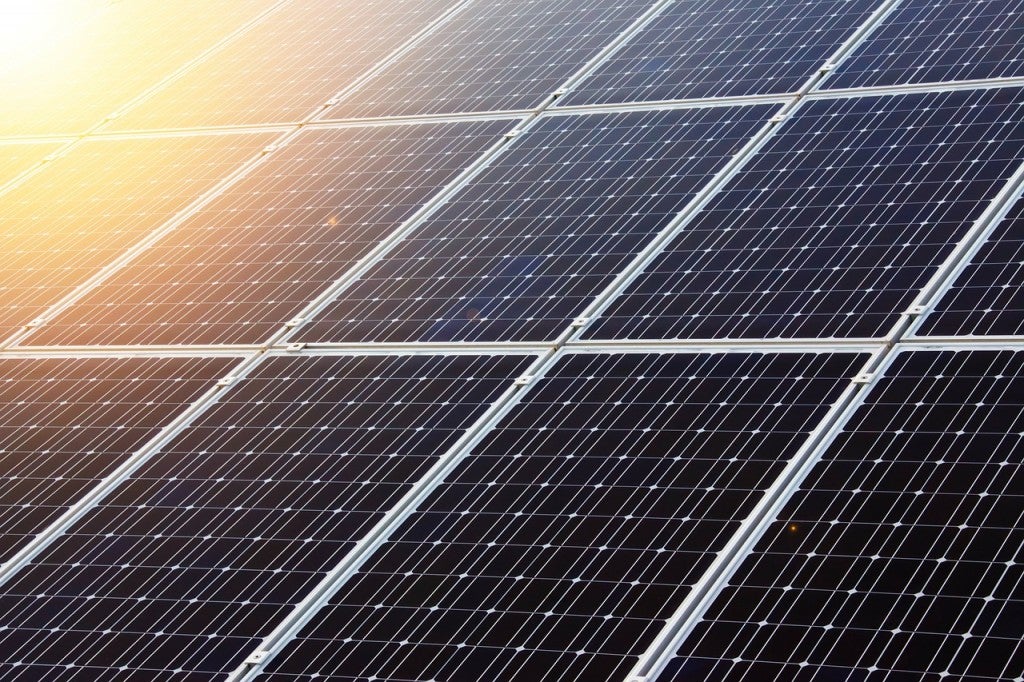
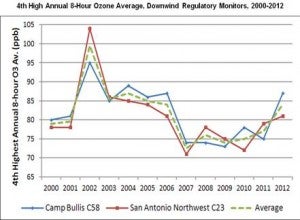
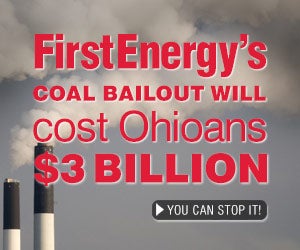 In the past few weeks, I have written extensively on the $3 billion bailout proposed by FirstEnergy, the giant utility that provides electricity across Ohio and multiple other states. For those of you who want to catch up on what FirstEnergy is up to and why the proposal is such a bad idea, take a look at our recent
In the past few weeks, I have written extensively on the $3 billion bailout proposed by FirstEnergy, the giant utility that provides electricity across Ohio and multiple other states. For those of you who want to catch up on what FirstEnergy is up to and why the proposal is such a bad idea, take a look at our recent 